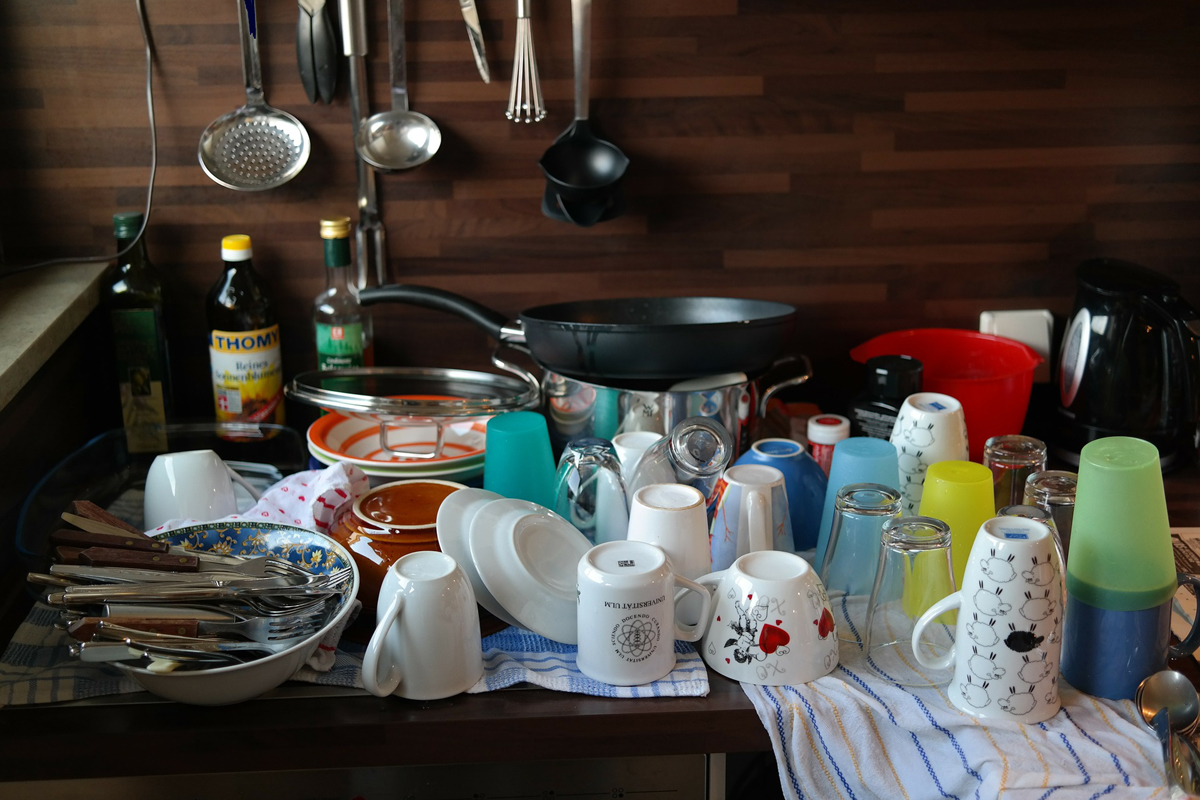Most of us don’t want our homes to be a cluttered mess. We don’t consciously say ‘I like living in the midst of clutter, and it makes me happy’. And we certainly don’t enjoy spending an extra 15 minutes searching for our sunglasses and keys, that matching sock or the misplaced pile of bills that’s going to be late if we don’t pay them today. Where is the fun in any of that?
But while you may not plan to be disorganized or plan to have a home full of clutter, you certainly need a plan to organize your home and banish clutter from it. Here’s that plan…
Step 1: Make a List
List-making, especially to-do lists, can be a waste of time. But not this list. This list kicks off your home organization plan. It’s a list of problems that need solutions. Don’t list items or places you want to organize in your home or how you’d like your bedroom closet to resemble that million dollar mansion home decor photo in the most recent consumer magazine. Instead, list SPECIFIC problem dilemmas in your home that result from disorganization.
EXAMPLE: Don’t list organize bedroom chest drawers. Write missing sock pair matches. Write…paying bills late monthly and getting late fees. Late for work three days a week because can’t find keys. Tripping on piles of dirty laundry.
Remember, if it’s not an organizational problem, it doesn’t need fixing and shouldn’t be on this home organization list.
Step 2: Check it Twice
Go back through your list and prioritize the items in it. You can break items into three categories: “most important”, “needs to be done sometime” and “least important”. Then take your “most important” category and number items in numerical order with number one being your highest priority organizational matter. Each number gets used once. So if you have 10 items in the “most important” category, you’ll use numbers one through 10 each once. Later you can do the same for the categories of “needs to be done sometime” and “least important”.
Step 3: Schedule It
Write priority item number one in your planner or on your calendar. Schedule it for a 15 to 30 minute increment. If you prefer to spend a longer period of time on it (or it will take longer to complete regardless of how long you “want” to spend doing it), schedule a longer period. Or schedule these shorter 15-30 minute increments but over several days during the week. Most of all, keep the organizational problem/task on the schedule as home organization priority number one until it gets done, even if it takes you a week to finally complete this organization task. Your goal is to finish it BEFORE you move onto home organization priority item number two.
By scheduling time to do this task (and visibly writing it in your planner), you’re really making it a concrete appointment. If you know you’ll need more accountability than making an appointment with yourself in your private planner, tell a friend. Then have them bug you periodically. Whether you’re trying to lose weight, prepare to run a marathon or organize toiletries in your bathroom, telling a buddy—one who will hold you accountable to your goal—is the way to go.
Step 4: Start
If you do not yet have any ideas of how to solve this organizational dilemma, the first place to start is with research. Go on the internet and put your organizational dilemma search terms into your web browser.
EXAMPLE: “organize pots and pans”, “lid storage ideas”, “bill organization”, and so forth. Try phrasing your organizational project different ways to get different results (and using different search engines like MSN.com and Ask.com; don’t just “Google” everything.). Also set and use a kitchen timer. If you allotted 15-30 minutes per day to this task, don’t spend three hours perusing the Web. The Web can be very distracting. What you don’t find in 15-30 minutes on the Web, you probably won’t find in three hours.
Other research material that can give you ideas for organizing your home hot spots includes home organization books (buy online or borrow from library), television shows about home/personal organization and magazine articles you copy or tear out and save with articles or photos useful to your home organizing project.
Also, don’t overlook home organization stores. “Buy the wheel” if it’s affordable. There is no reason to spend five hours re-creating a $7.99 home organization product that you see in a store that could help solve your organizational dilemma just because you can do so. That’s called arts and crafts. It’s a hobby. A hobby is what you’ll have time for AFTER you finish getting your house in order. Spend $7.99 for that organizational helper that will last you 15 years (and probably save you 15 hours of search time). That’s an expense of .53 cent a year (the price of a pack of gum).
Once your research provides you with a home organization solution for your specific task, start implementing the organizational solution. Test your organization solution for several weeks to a month. Then if it’s still not a solution, change it until you find a home organization solution that works for you.
The Author:
Karen Fritscher-Porter writes about home organizing.
